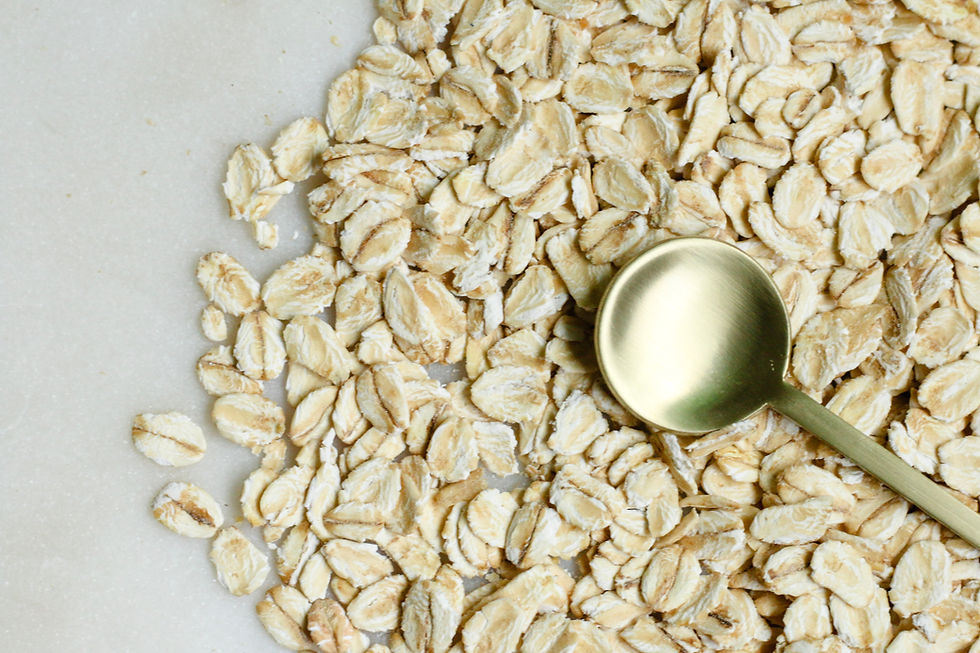Totoo ba yun? Pag less processed ang oatmeal mas healthy?
- Coach Jeaneth Aro
- Nob 25, 2021
- 2 (na) min nang nabasa
Isa sa malimit na naitatanong sa akin ay kung ano ang differences ng mga oatmeals na available sa market. Kilalang-kilala kasi ang oats bilang isang diet at healthy food.

By default, it makes sense to think that the less processing the food goes through makes it retain more fiber (and some other nutrients, which makes it healthier) and the more processing it goes through, the lesser fiber (and other nutrients) the food will retain.
But this is not the case for OATMEAL. Makikita sa illustration na ito na halos pare-parehas lang din ang MACRONUTRIENT and FIBER content nito regardless of how much processing the oat groats (or oat kernels) went thru. Processing oat groats is actually an essential process to make its nutrients more available and beneficial to our bodies.

Some studies may claim na mas mababa ang glycemic index ng steel cut oats, meaning hindi ito agad-agad nada-digest at nakakapagpataas ng blood sugar. Ngunit sa aking pananaw, hindi narin naman ito (i.e. glycemic index) magkakaroon ng masyadong malaking epekto kung kakainin natin ang kahit anong form ng oatmeal kasama ng iba pang pagkain tulad ng gatas at itlog on the side na maaari din makaapekto at makapag-delay sa overall digestion and absorption rate ng oatmeal.
Consumption of oatmeal as part of a healthy and balanced diet may benefit those who:
want to lose and/or maintain weight
need to lower blood cholesterol
need to stabilize blood sugar
want to reduce risk of high blood pressure
want to maintain overall health
Isang importanteng PAALALA: Siguraduhin na ang oatmeal, lalo na ang INSTANT OATS, na kinakain mo ay PLAIN at walang ibang halong flavoring at pangpatamis. Mas mabuting piliin ang plain oats at saka na lamang lagyan ng konting gatas at pang-patamis tulad ng honey, muscovado, coco or brown sugar upang mas kontrolado ang nutrients at benefits na makukuha mula dito.
So pag nag-grocery kayo bukas, guided na ang pagpili ninyo
Watch the video version of this article here:
References: J Food Sci Technol. 2015 Feb; 52(2): 662–675. USDA Food Composition Database



Mga Komento